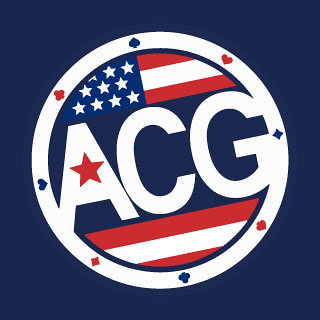Image Source: https://cdn.pixabay.com/photo/2017/08/30/07/56/money-2696229_960_720.jpg
Planning for the future often involves deciding how we will maximise our hard-earned dollars that we earn today later on in our lives. To that end, savings accounts are a critical tool to reach our goals – whether that’s buying a house, taking a lavish vacation, or sending a child to school. There are several options that allow individuals to save money for the future, but each of these options has a specific function with its own set of rules.
Understanding the differences between these options allows you to make the best use of them, along with helping you avoid any future complications when you need these funds most. Read on to learn more about these savings options:
Registered Education Savings Plan (RESP)
A Registered Education Savings Plan (RESP) is a smart savings tool that is used to save for a child’s post-secondary education. Subscribers to the plan make contributions to an RESP, which builds up tax-free earnings. What makes an RESP especially attractive is that the government also contributes an amount up to a certain percentage of the total amount of contributions made by subscribers.
The extra contributions made by the government are referred to as the government grants. The Canada Education and Savings Grant (CESG) contributions are applicable on the first $2,500 of contributions per annum and is capped at $7,200 over the lifetime of a child. There are also other income-based and provincial grants that add on to the RESP such as Canada Learning Bond (CLB), Québec Education Savings Incentive (QESI) and British Columbia Training & Education Savings Grant (BCTESG).
Once the beneficiary is enrolled in post-secondary education, the student receives educational funds by applying for an RESP withdrawal. These funds are treated as a form of income for the beneficiary and may be used in any manner seen fit for as long as it’s used for education-related purposes. However, if the beneficiary does not pursue post-secondary education or if the beneficiary chooses to forgo the educational funds, these funds may be transferred to an RRSP and any grants have to be returned. What makes RESPs useful is the fact that the government helps chip in with the fund.
RRSP
A Registered Retirement Savings Plan is an investment vehicle that is geared toward helping Canadian employees and self-employers save for retirement. The first thing you need to know about the RRSP is that its growth is heavily determined by its contents. This means that simply having money in this plan does not guarantee that you’d be able to retire comfortably. What is guaranteed, however, is that any amount you deposit into this plan will be compounded tax-free, until the funds are withdrawn.
The primary benefits of an RRSP is that contributors are able to deduct their contributions against their income tax up to a set contribution limit. As a result, RRSP contributors are able to defer the payment of taxes until they retire. The other benefit of an RRSP is that the returns generated by these accounts are exempt from income tax, dividends tax, and capital gains tax. The purpose behind these benefits is to encourage Canadians to save for their retirement.
TFSA
A Tax-free Savings Account is an account where contributions as well as the withdrawal of the same are not taxed. The term “savings account” does not mean that contributions are limited to only cash deposits. A TFSA can be funded with mutual funds, securities, and bonds. Unlike a RESP and an RRSP, a TFSA can be used for any purpose that the contributor sees fit.
However, there’s a catch. There is a yearly contribution room that essentially means that you can only contribute up to a certain amount. The contribution rooms also vary depending on when you started contributing. The current contribution room is currently at $6,000. Additionally, any unused contribution room will carry over to the next cycle. For example, if you’ve contributed $3,500 this year, and have an unused contribution room of $2,500, you’re going to have an extra $2,500 contribution room on top of the $6,000 contribution room granted yearly which makes a total of $8,500 for next year.
The common thing among all these savings options is that the value they all hold eventually graduates. They are all savings options that are geared toward benefits in the long run. Since it takes time for these benefits to come to fruition, it’s important to understand the way these measures work so that we’re able to select the one that suits our needs best.






